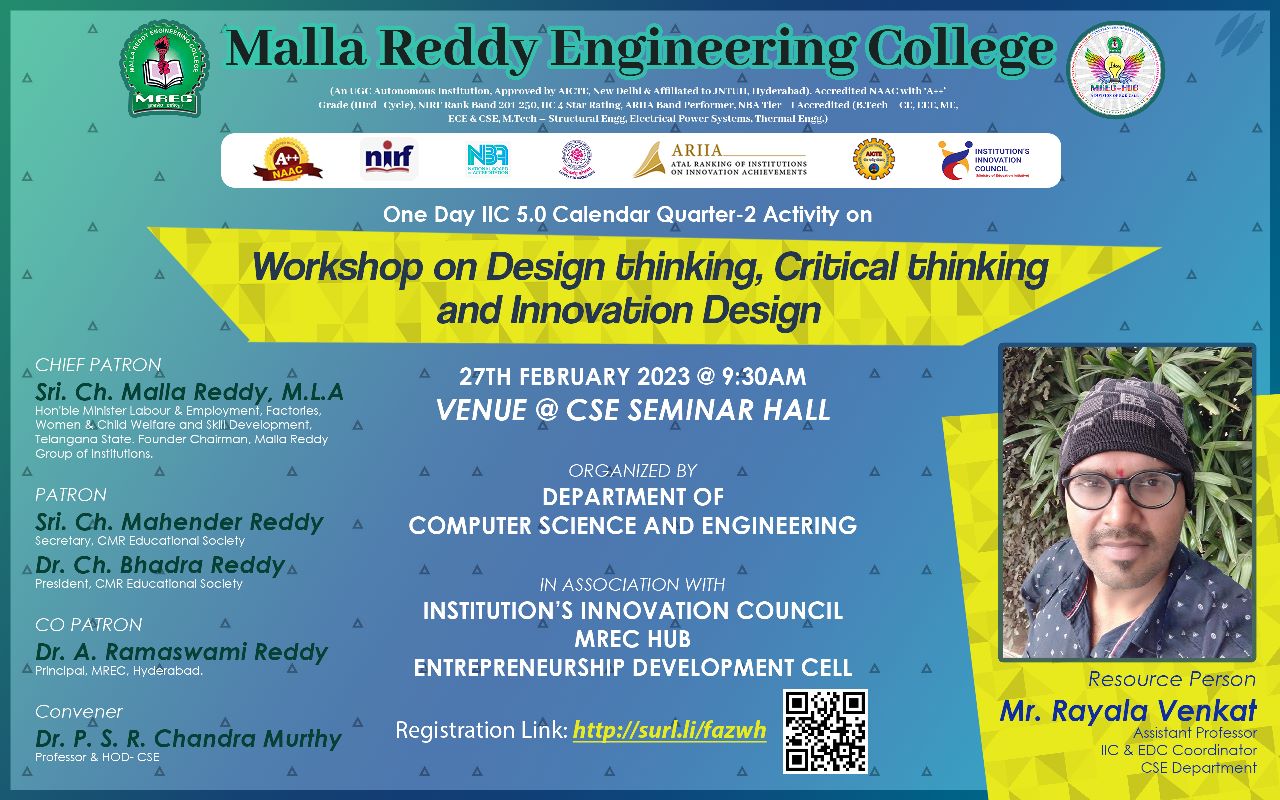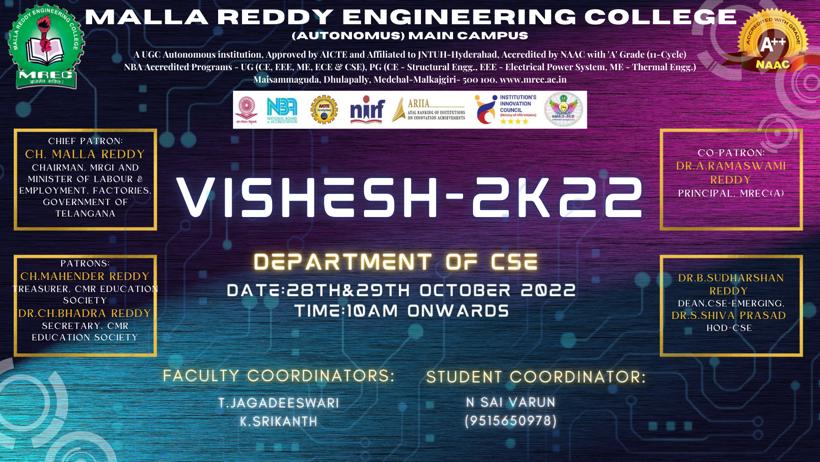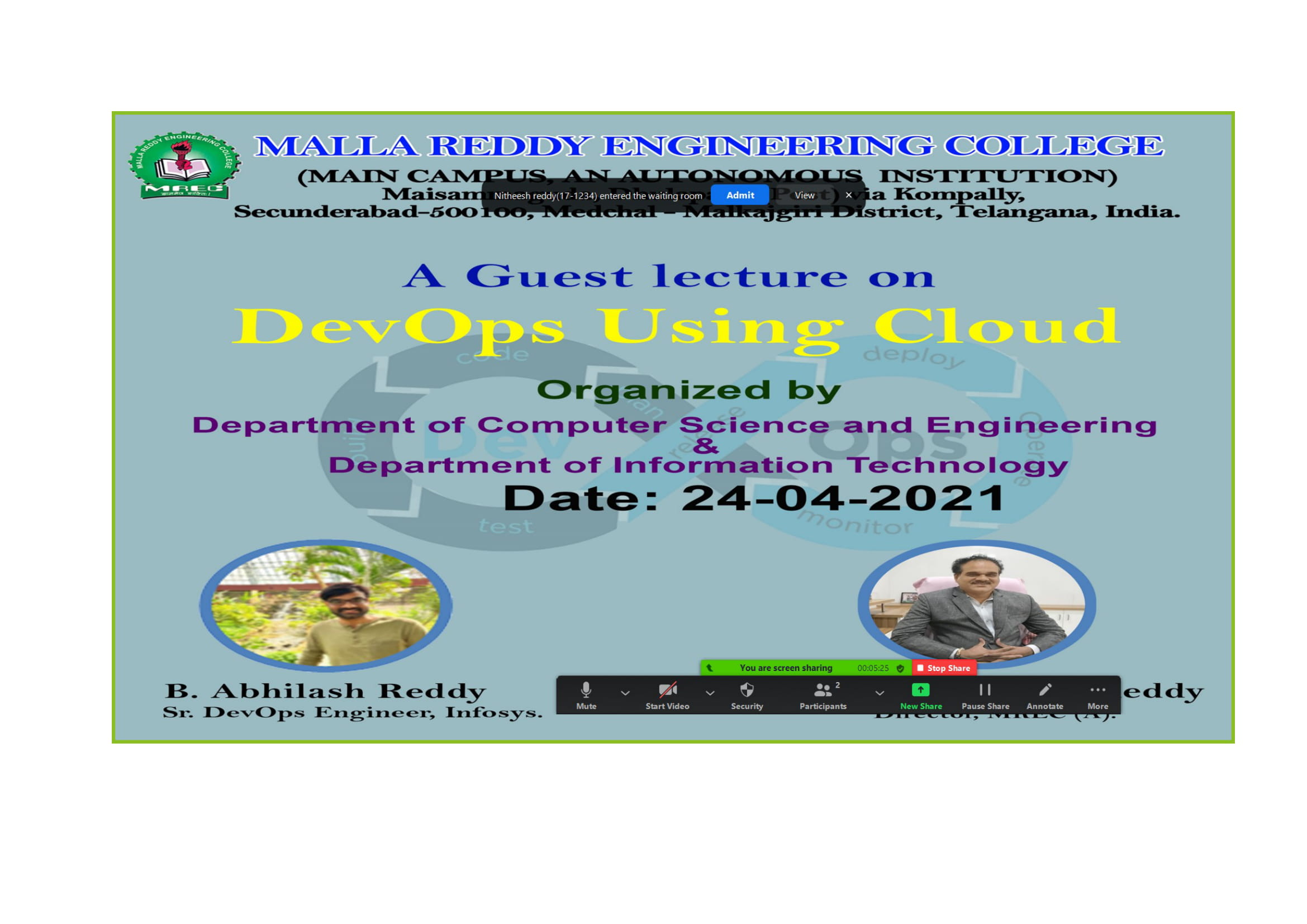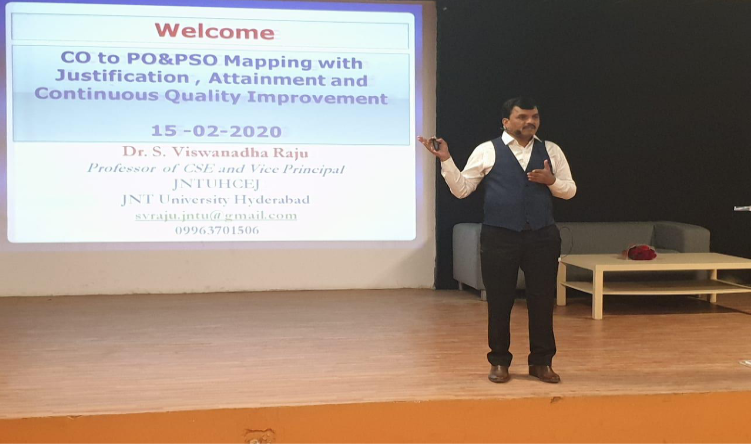SCHOOLS
School of Engineering
Civil EngineeringElectrical and Electronics Engineering
Mechanical Engineering
Electronics and Communication Engineering
Computer Science and Engineering
Information Technology
Mining
Humanities and Sciences
Cyber Security(CS)
Data Science(DS)
Internet of Things(IOT)
Artificial Intelligence and Machine Learning(AIML)
School of Management
Bachelor of Business Administration (BBA)Master of Business Administration (MBA)
School of Sciences
Bachelor of Computer Applications (BCA)Master of Computer Applications (MCA)
Online Courses
Bachelor of Business Administration (BBA)Master of Business Administration (MBA)
Bachelor of Computer Applications (BCA)
Master of Computer Applications (MCA)
ABOUT MRDTBU
About MRDTBUMRDTBU Health Care
RESEARCH
Funded ProjectsPublications
ONLINE LEARNING
MRDTBU Online ClassesView MALLA REDDY ENGINEERING COLLEGE (Autonomous) in a larger map








_page-0001.jpg)


.jpeg)




.jpg)

